
NPS / Gavin Emmons The Hidden World of Invertebrates at PinnaclesAlthough often overlooked, invertebrates make up thousands of wildlife species at Pinnacles National Park. Despite their lack of bones, teeth, fur, or feathers, these creatures are far from primitive. Many have complex and fascinating life histories, often more bizarre than those of larger animals, and they are typically easier to find and observe. Invertebrate DiversityAn inventory conducted in the late 1990s revealed roughly 400 bee species at Pinnacles, giving the park the highest known bee diversity per unit area worldwide. While the park’s butterfly diversity is lower, with around 70 species, it's still possible to witness hundreds of butterflies on a single day under the right conditions. Additionally, 500 species of moths have been recorded, with the total expected to exceed 1,000. About 250 species of aquatic invertebrates, including 41 species of dragonflies and damselflies, have also been documented. Many other invertebrate groups, however, remain largely unexplored. Endemic InvertebratesPinnacles is home to several endemic invertebrates rarely or never found elsewhere:
Observing Invertebrates ResponsiblyWhile the most common method of studying invertebrates involves capturing and killing them, this practice is prohibited at Pinnacles without a scientific collecting permit. Visitors are encouraged to use close-focus binoculars to observe these fascinating creatures in their natural habitat. With 8X binoculars, an eight-foot distance appears as if you are just one foot away—perfect for watching a bee gather pollen, a butterfly sip nectar, or a tarantula wasp hunt. 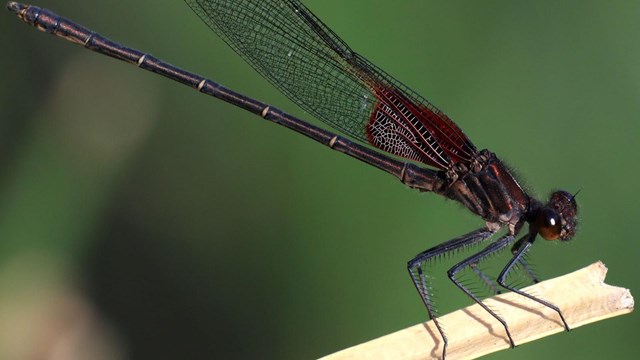
Dragonflies and Damselflies
Spot these flashy predators of the insect world darting around ponds and streams at Pinnacles. 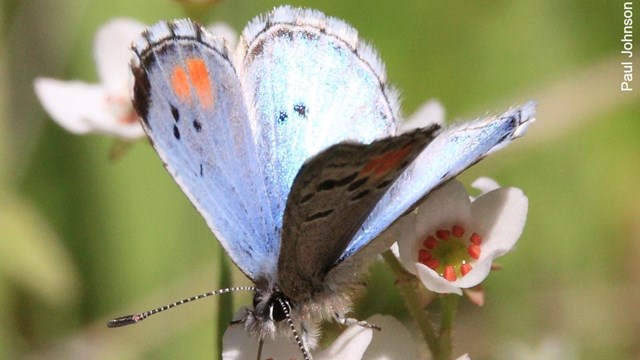
Butterflies
How many species of these colorful pollinators would you guess are present at Pinnacles? Hint: it's a lot. 
Moths
Butterflies may often get the credit for being beautiful, but some moth species at Pinnacles are downright spectacular. 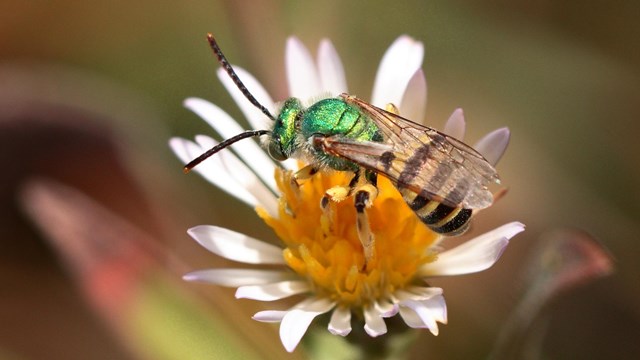
Bees
Bee diversity at Pinnacles ranks among the highest known anywhere on earth. 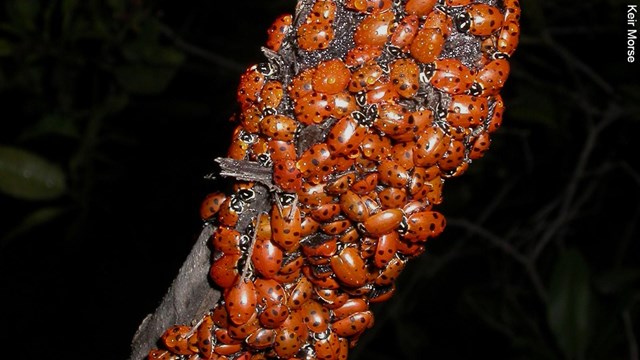
Ladybugs
Pinnacles is the site of twice-yearly migrations of ladybug beetles. 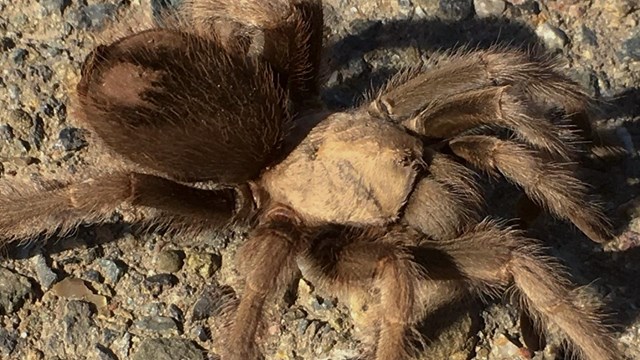
Tarantulas
Learn more about why these secretive creatures are an important part of ecosystems at Pinnacles, and tips on how you might spot one. |
Last updated: December 6, 2024
